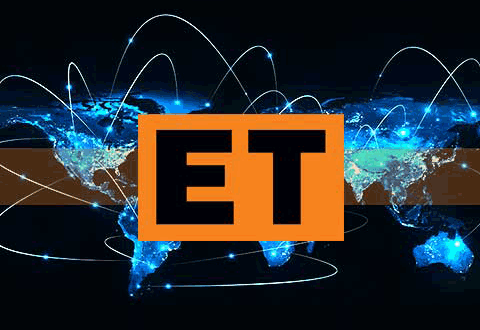In 2010. Apple fired up a truly giant data centre located in some open fields near the rural town of Maiden in North Carolina. Apple chose the site because land was inexpensive. the state provided tasty tax breaks and energy from nearby coal plants was cheap. But coal was key. As one of the world’s largest data centres. the iDataCenter required enough energy to power a small city. And the local utility. Duke Energy. had lots of excess capacity.
Fast forward eight years. and Apple doesn’t use any coal-powered energy at all. In April. the company announced that its entire worldwide operation ran on 100 per cent renewable energy. including hundreds of retail stores. dozens of data centres and its huge campus in Cupertino. which has one of the world’s largest rooftop solar arrays.
Apple is far from alone. Combined with Facebook. Google. Microsoft and dozens of other big cloud-computing companies. the IT sector is buying so much renewable energy that it reshaping the entire sector. It’s a big reason solar and wind have become so competitive. And in 2019. that trend will only accelerate.
The trend started with Facebook in 2010. with its first data centre in Prineville. Oregon. A year later. Greenpeace challenged the company to “unfriend coal“ and convinced the online giant to commit to renewables as it grew. Google followed suit and was one of the first big tech companies to sign big contracts for wind power in places such as Iowa and Oklahoma. Microsoft too made big investments in solar and wind projects in Ireland. the Netherlands and the US. To date. about 20 of the biggest IT companies have made commitments to becoming 100 per cent renewable. And their choices are having a big impact.
“It`s really starting to change the marketplace.“ says Gary Cook. Greenpeace’s senior corporate campaigner and the head of its Rethink IT campaign in the US. “We`ve seen utilities really change their investment portfolio in order to meet this new demand. because all the big elephant customers right now are IT companies.“
According to Cook. the IT sector alone has been responsible for more than 7GW of new renewable energy globally – enough to power five million homes. “That`s a huge scale up.“ he says.
Other companies are starting to follow suit. Giants such as Ford. General Motors. Procter &. Gamble. Kimberly-Clark. Mars. Spring. Walmart and many others have all made commitments to renewable energy.
“The IT sector has actually really led the charge for companies to take responsibility.“ says Cook.
Next year IT will continue to lead the way. Apple has committed to switching its vast Asian supply chain to renewables. and is getting strong commitments from suppliers such as Foxconn. According to Lisa Jackson. former head of the US’s Environmental Protection agency. who now heads up Apple’s environmental efforts. by 2020 the company will be using 4GW of renewable energy in China. covering about a third of the current supply chain. She estimates that the company’s entire Asian supply will be 100 per cent renewable in another six or eight years.
“China is building an insane amount of wind and solar. and an insane amount of electric vehicles.“ says Gregor Macdonald. a US-based energy researcher. Coal. he says. will still be around – most likely for decades – but all the growth in new energy will be from green sources.“
According to Macdonald. renewables in China have just exceeded six per cent of total energy consumption and will reach ten per cent “by 2020 or 2021“. The same pattern is being seen elsewhere. In the US. renewables now count for about nine per cent of total energy consumption. California and Texas are already at 20 per cent. And. in the UK. all new energy supply is from wind and solar.
Numbers such as six and ten percent may feel low but. says Macdonald. they are very significant improvements. He likens the move to renewables to the early days of the smartphone. Thanks to the tech companies’ lead the change has begun but it will quickly accelerate and soon become ubiquitous.
 Iran Energy News Oil, Gas, Petrochemical and Energy Field Specialized Channel
Iran Energy News Oil, Gas, Petrochemical and Energy Field Specialized Channel




